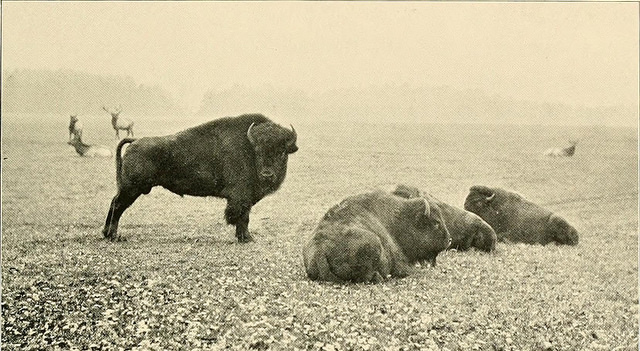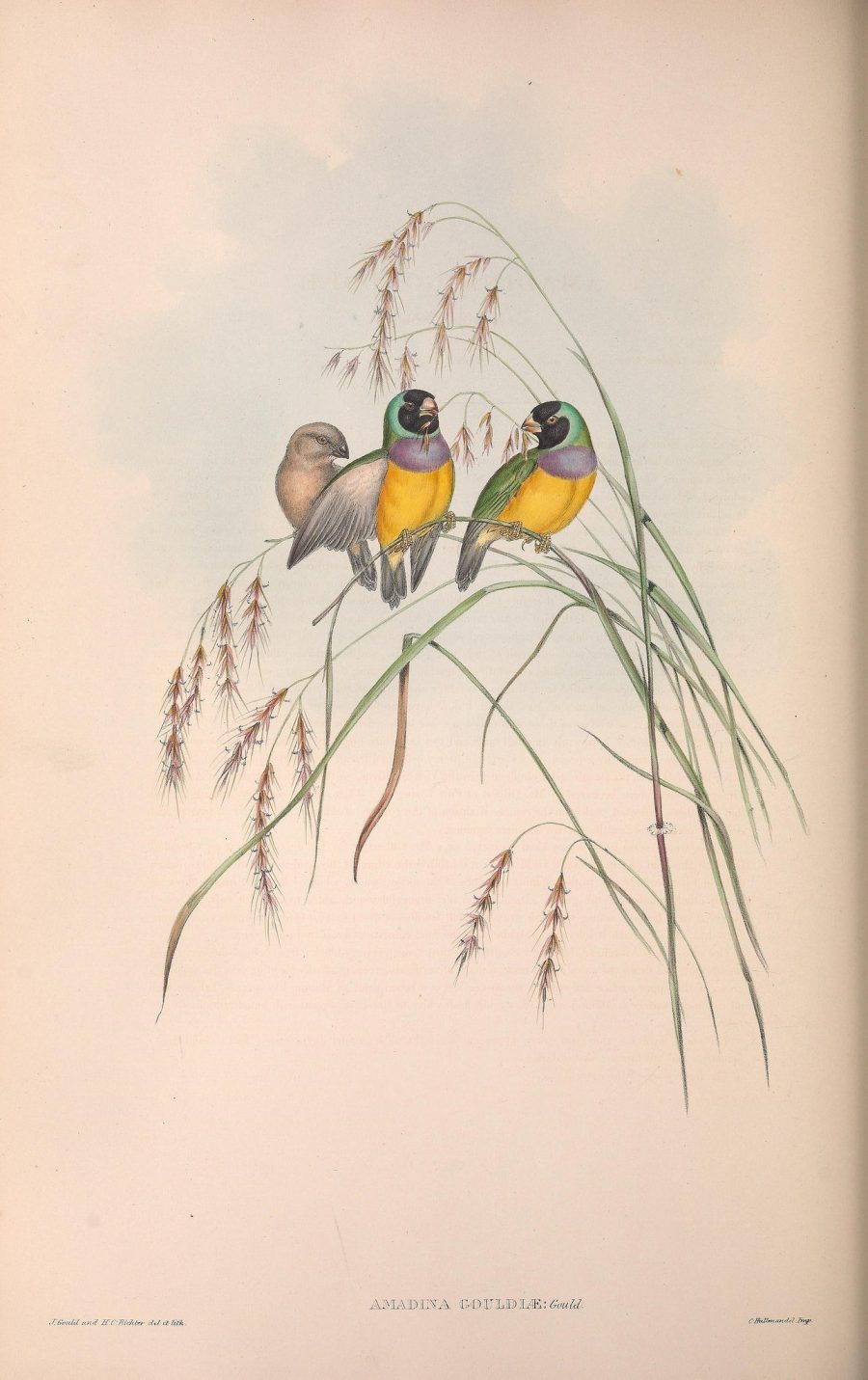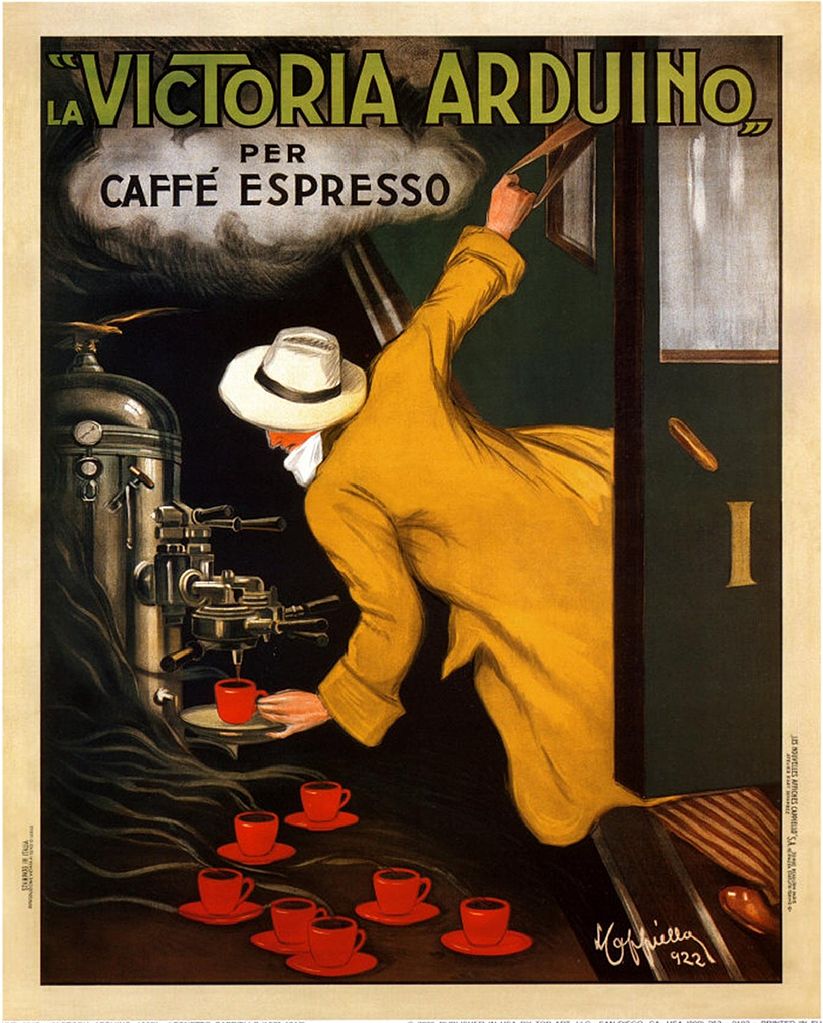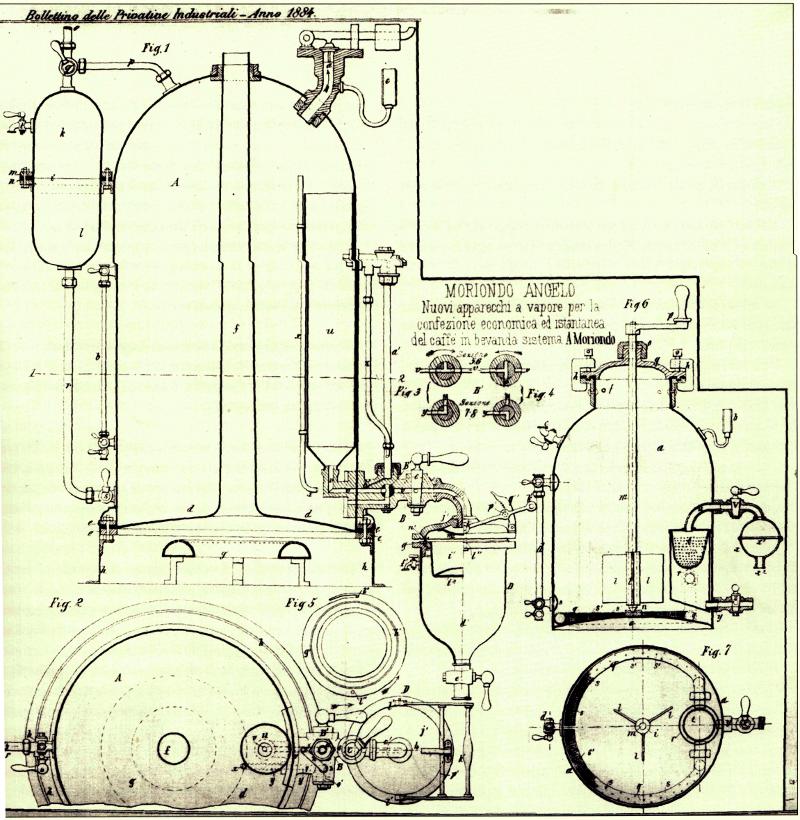It was long ago that polytheism, as the story comes down to us, gave way to monotheism. Humanity used to have many gods, and now almost every religious believer acknowledges just one — though which god, exactly, does vary. Some popular theories of “big history” hold that, as the scale of a society grows larger, the number of deities proposed by its faiths gets smaller. In that scheme, it makes sense that the growing Roman Empire would eventually adopt Christianity, and also that the gods it first inherited from the city-states of ancient Greece would be so numerous. Through our modern eyes, the various immortals invoked so readily by the Greeks look less like holy figures than a cast of characters in a long-running television drama.
Or maybe it would have to be a soap opera, given that most of them belong to one big, often troubled clan. Hence the structure of UsefulCharts’ Greek Mythology Family Tree, explained in the video above. Also available for purchase in poster form, it clearly diagrams the relationships between everyone in the Greek pantheon, from the highest “primordial gods” like Eros Elder and Gaia down to the children of Zeus and Poseidon.
However powerful they could be — and some were powerful indeed — none of these gods acted like the infallible, omniscient entities of the major religions we know today. They could act capriciously, vengefully and even nonsensically, a reflection of the often capricious‑, vengeful‑, and nonsensical-seeming nature of life in the ancient world.
For the Greeks themselves, these mythical gods and monsters offered not just an explanatory mechanism, but also a form of entertainment, given that nothing could go on in their elevated world without high drama. For us, they remain present in legends from which we still draw inspiration for our own larger-than-life stories of heroism and villainy, but also in our very language. Consider the ways in which we continue to evoke the likes of the time-ruling Chronos, the love-bringing Cupid, the androgynous Hermaphroditus, or the multi-headed Hydra in everyday speech. Though we may no longer need them to organize our societies, some of them have kept playing roles in the age of monotheism — which, whatever its other advantages, doesn’t require us to consult diagrams to know who’s who.
Related Content:
Mythos: An Animation Retells Timeless Greek Myths with Abstract Modern Designs
Mythology Expert Reviews Depictions of Greek & Roman Myths in Popular Movies and TV Shows
How the Ancient Greeks Built Their Magnificent Temples: The Art of Ancient Engineering
18 Classic Myths Explained with Animation: Pandora’s Box, Sisyphus & More
Concepts of the Hero in Greek Civilization (A Free Harvard Course)
A Visual Timeline of World History: Watch the Rise & Fall of Civilizations Over 5,000 Years
Based in Seoul, Colin Marshall writes and broadcasts on cities, language, and culture. He’s the author of the newsletter Books on Cities as well as the books 한국 요약 금지 (No Summarizing Korea) and Korean Newtro. Follow him on the social network formerly known as Twitter at @colinmarshall.









